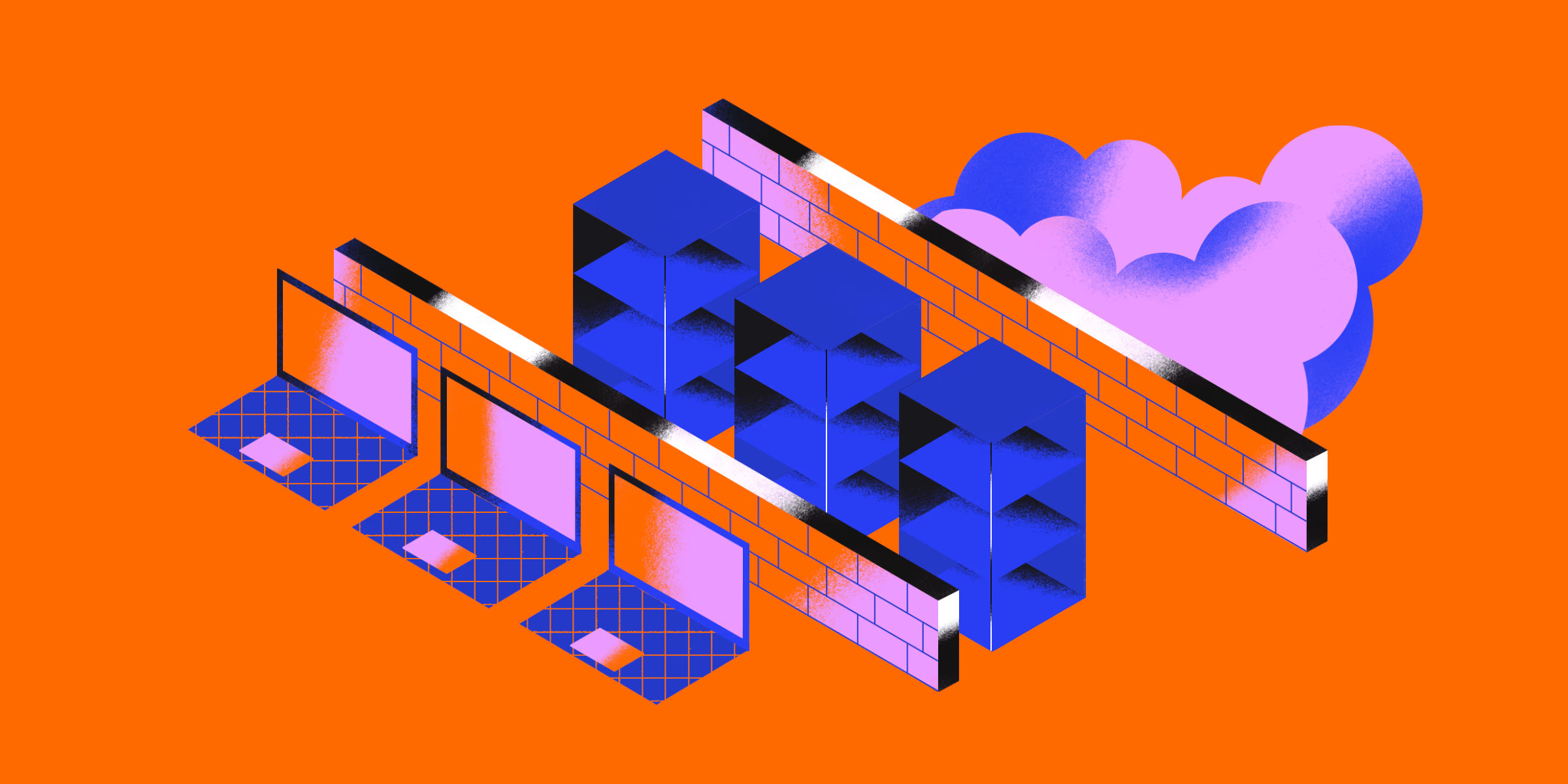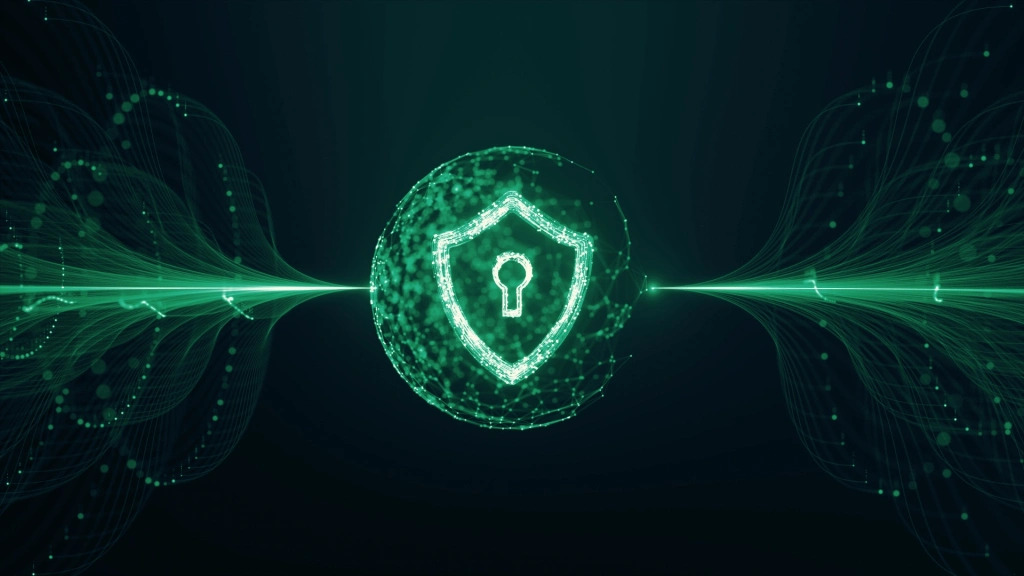What is DMZ Network?
DMZ network stands for Demilitarized Zone, and it refers to a part of a computer network where sensitive data or applications reside. The DMZ is separated from other network parts by firewalls and security measures, allowing organizations to create secure zones within their networks without worrying about outside threats. A DMZ network is a critical component of any modern enterprise network. To build a robust network infrastructure, you should consider using a DMZ solution. Learn more about why you need a DMZ network today.
What is DMZ Network?
A DMZ is a physical or logical subnet that isolates a LAN from untrusted networks like the public internet. Any service that is offered to users on the public internet should be set up in the DMZ network. The external-facing servers, services, and resources are usually placed there. Services include web, Domain Name System (DNS), email, proxy servers, File Transfer Protocol (FTP), and Voice over Internet Protocol (VoIP).
The resources and servers in the DMZ network can be accessed from the internet but are isolated with very limited access to the LAN. Due to this approach, the LAN has an additional layer of security restricting a hacker from directly accessing the internal servers and data from the internet.
Hackers and cybercriminals can reach the systems that run services on a DMZ server. The security on those servers must be tightened to be able to withstand constant attacks.
The main objective of a DMZ is to enable organizations to use the public internet while ensuring the security of their private networks or LANs.

How does it work?
Customers of a business that has a public website must make their web server accessible from the internet to visit the website. This puts their entire internal network at high risk. To avoid this, the organization can pay a hosting firm to host the website or its public servers on a firewall. However, this could end up negatively affecting the performance. Therefore, the public servers are hosted on a separate or isolated network.
The DMZ network serves as a buffer between the internet and the private network of an organization. It is isolated by a security gateway like a firewall that filters traffic between the DMZ and LAN. The default DMZ server is secured by another gateway that filters the incoming traffic from external networks. It is ideally located between two firewalls.
The DMZ firewall setup makes sure that the incoming network packets are observed by a firewall or other security tools before they reach the servers hosted in the DMZ. So, even if an attacker somehow gets past the first firewall, they will have to have access to the hardened services in the DMZ to cause any kind of serious damage to a business.
If the external firewall is penetrated by an attacker and a system in the DMZ is compromised, they will also have to get past an internal firewall before even gaining access to all the sensitive corporate data. A highly skilled attacker may sometimes be able to breach a secure DMZ, but various alarm systems and resources are there to provide plenty of warning about the breach in progress.
Organizations that are required to comply with regulations sometimes install a proxy server in the DMZ. This allows simplification of the monitoring and recording of user activities and the centralization of web content filtering. It also ensures that employees are using the system to gain access to the internet.
Why DMZ Networks are Important?
Since the introduction of firewalls, DMZ networks have played a key role in securing enterprise networks. They keep internal networks separate from systems that could be targeted by attackers, thereby protecting sensitive data, systems, and resources. Furthermore, DMZ networks allow companies to control and limit access to critical systems.
Besides that, demilitarized zones (DMZs) are beneficial in mitigating the security risks posed by Internet-of-Things (IoT) devices and operational technology (OT) systems which create a large threat surface. This is because both OT systems and IoT devices are vulnerable to cyber threats. Neither of them has been designed to withstand or recover from cyberattacks posing a significant risk to organizations’ crucial services and information. A demilitarized zone (DMZ) offers network segmentation to reduce the risk of a cyber threat that could potentially harm industrial infrastructure.
Nowadays, virtual machines (VMs) and containers are more and more being used by companies to separate specific applications from the rest of their systems or their networks. Because of the rapid expansion of the cloud, many companies no longer require internal web servers. They have also moved a large portion of their external infrastructure to the cloud by utilizing Software-as-a-Service (SaaS) applications. Cloud service providers enable a company that runs applications on-premises and via virtual private networks (VPNs) to use a hybrid approach, with the DMZ sitting between the two. This approach is also useful for auditing outgoing traffic or controlling traffic between an on-premises data center and virtual networks.
Benefits of Using a DMZ
The main benefit of a DMZ is to provide an internal network with an advanced security layer by restricting access to sensitive data and servers. A DMZ enables website visitors to obtain certain services while providing a buffer between them and the organization’s private network. As a result, the DMZ also offers additional security benefits, such as:
- Enabling access control: Businesses can provide users with access to services outside the perimeters of their network through the public internet. The DMZ enables access to these services while implementing network segmentation to make it more difficult for an unauthorized user to reach the private network. A DMZ may also include a proxy server, which centralizes internal traffic flow and simplifies the monitoring and recording of that traffic.
- Preventing network reconnaissance: By providing a buffer between the internet and a private network, a DMZ prevents attackers from performing the reconnaissance work they carry out the search for potential targets. Servers within the DMZ are exposed publicly but are offered another layer of security by a firewall that prevents an attacker from seeing inside the internal network. Even if a DMZ system gets compromised, the internal firewall separates the private network from the DMZ to keep it secure and make external reconnaissance difficult.
- Blocking Internet Protocol (IP) spoofing: Attackers attempt to find ways to gain access to systems by spoofing an IP address and impersonating an approved device signed into a network. A DMZ can discover and stall such spoofing attempts as another service verifies the legitimacy of the IP address. The DMZ also provides network segmentation to create a space for traffic to be organized and public services to be accessed away from the internal private network.
Services of a DMZ include:
- DNS servers
- FTP servers
- Mail servers
- Proxy servers
- Web servers

Is a DMZ safe?
No. The DMZ One network itself is not safe because systems in the DMZ network are accessible from untrustworthy external zones such as the Internet. However, DMZ provides the safety of systems on internal private networks by separating them from external networks.
Conclusion
The DMZ is a powerful tool that requires some planning and preparation before implementation. If you plan to implement a DMZ network, make sure you understand how it works and what it means for your business. You need to know what kind of risks you are taking when using a DMZ network.